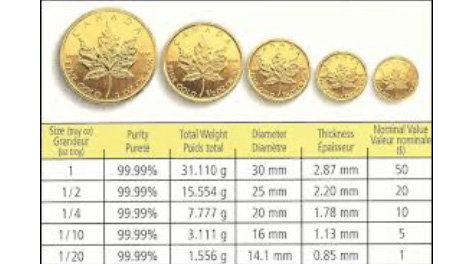The use of fractional bullion in trade and commerce can be traced back to ancient times. In the past, people would cut up large bars or ingots of precious metals such as gold and silver into smaller pieces to make transactions more manageable. This allowed for more flexible exchange and made it easier for people to conduct daily transactions.
In modern times, the use of fractional bullion has become more widespread with the introduction of standardized coins and bars. Fractional bullion typically refers to coins or bars that are smaller than the standard sizes, such as 1 oz. gold coins or 10 oz. silver bars. These smaller units of precious metals are often more affordable and easier to trade than their larger counterparts.
The popularity of fractional bullion grew in the 20th century, particularly during times of economic turmoil or inflation. In the United States, for example, fractional gold coins were issued during the 19th and early 20th centuries, and silver dimes, half dollars and quarters were in widespread use until 1964.
Today, fractional bullion remains a popular way for investors to purchase and hold precious metals. They offer a convenient and cost-effective way to invest in small amounts of gold, silver, platinum, and other precious metals. They are also widely used in international trade and commerce, particularly in countries where precious metals play a significant role in the economy.
In summary, the use of fractional bullion in trade and commerce has a long history dating back to ancient times. The popularity of fractional bullion grew in the 20th century, particularly during times of economic turmoil or inflation, and remains a popular investment option today. Most bullion buyers allocate part of their holding to fractional bullion should the need arise for trade they will be prepared. In addition, fractional bullion usually comes at a higher premium due to cost of production, think about the cost to produce 20 ½ coins or bars vs 1 10 ounce bar. This has led to increased demand (and premiums) in what was known as junk silver, now known as constitutional silver which basically is 1964 or earlier dimes, quarters and half dollars.
